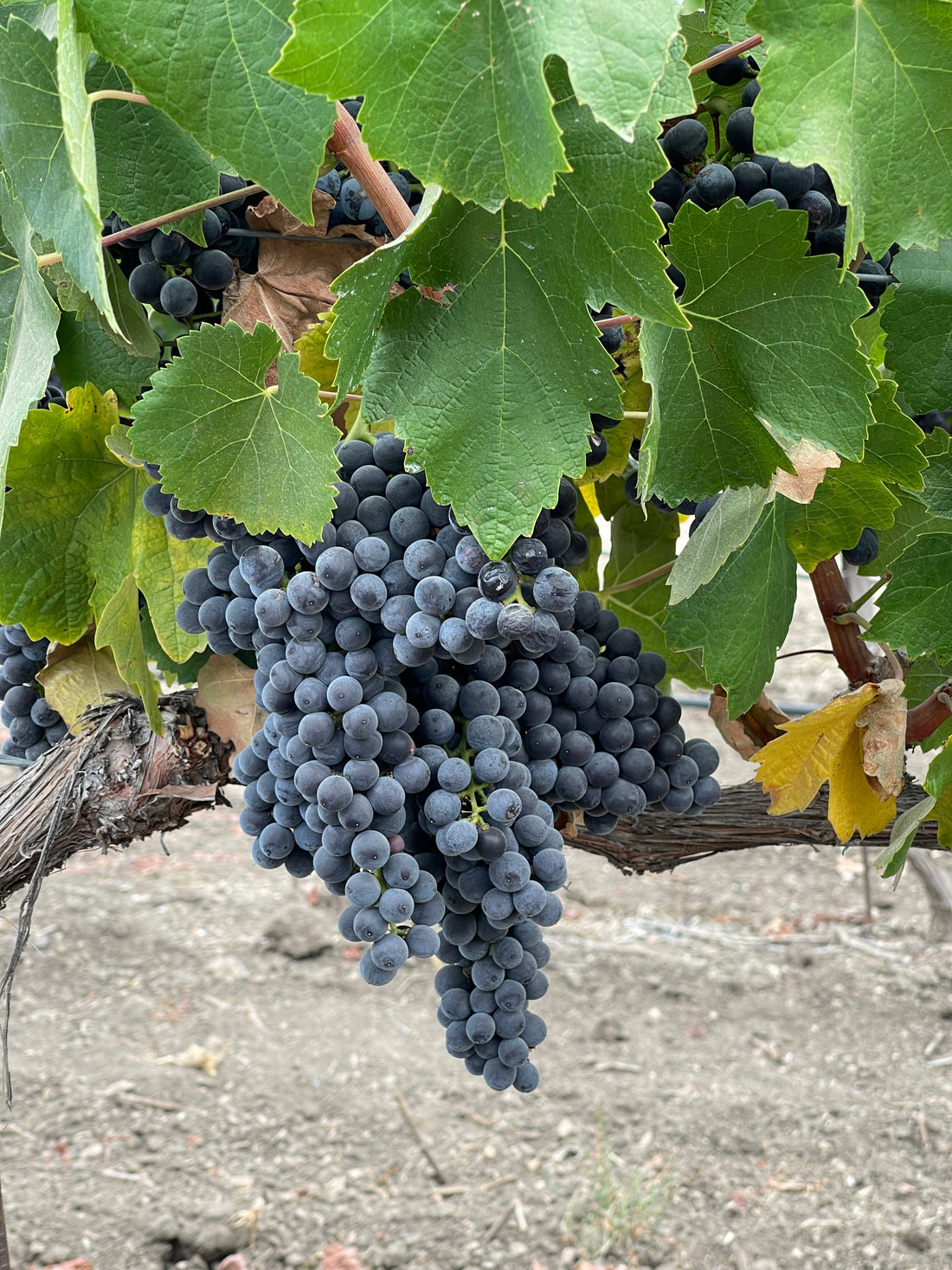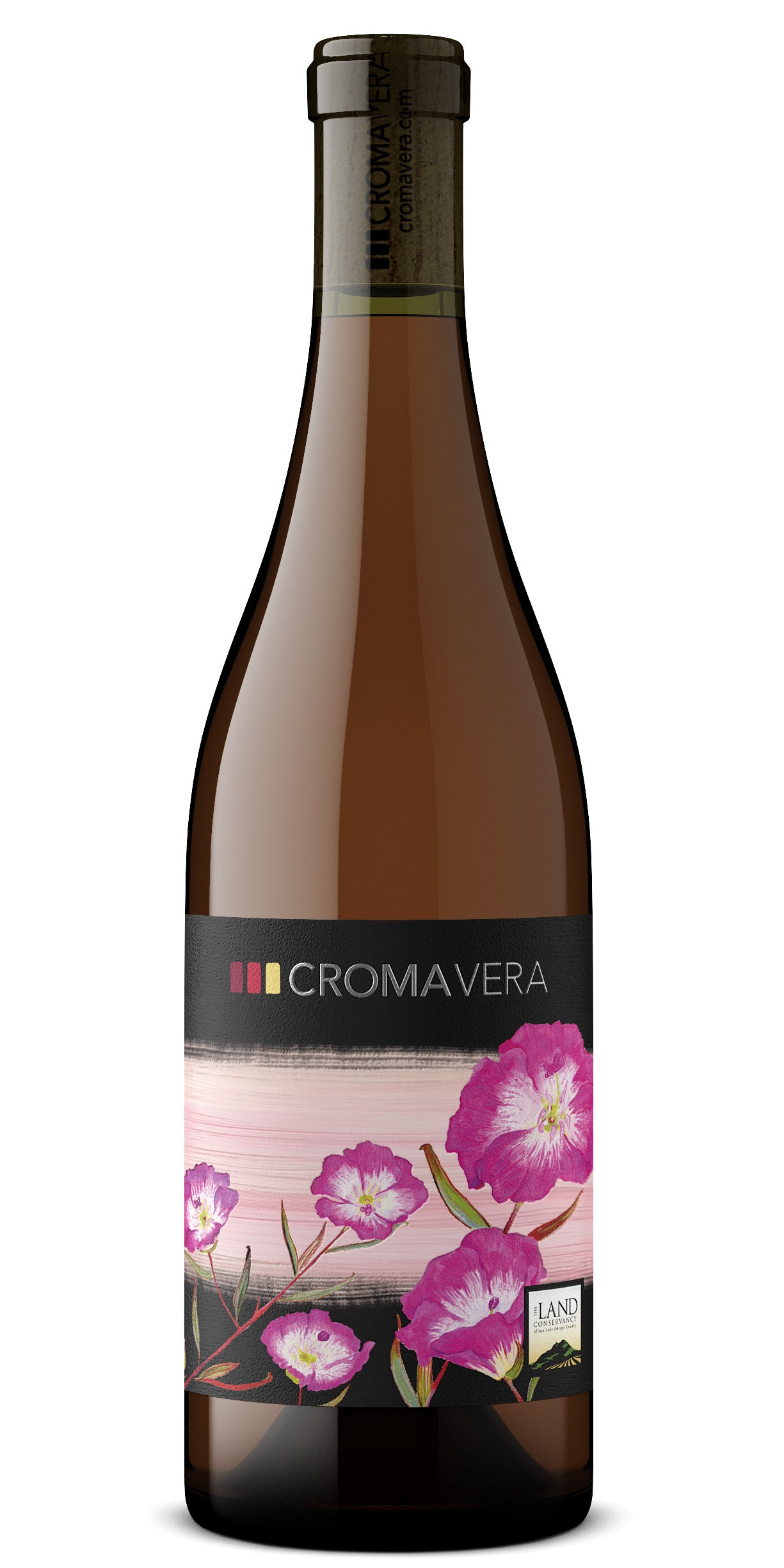
What is Tempranillo?
Tempranillo is a red grape variety native to the Iberian Peninsula, where it is the main grape used to make red wines in the Rioja region of Spain. It is also grown in other wine regions around the world, including California, Argentina, and Australia.
The history of tempranillo is closely intertwined with the history of winemaking in Spain. The grape has been used to produce wine in Spain for at least 2,000 years. In the Rioja region, tempranillo has been the dominant grape variety for centuries and is used to produce some of Spain's most famous and highly regarded wines.
Wines made from Tempranillo tend to be fruity and medium- to full-bodied, with flavors and aromas of red berries, cherries, plums, and spices. They can also have hints of tobacco, leather, and earthiness. Tempranillo wines are known for their balanced acidity and tannins and can age well, often developing complex tertiary flavors with time in the bottle.
Tempranillo is a versatile grape variety that can be used to make a wide range of wine styles, from light and fruity to rich and full-bodied. It is often blended with other grape varieties, such as Grenache and Mourvèdre, to add complexity and depth of flavor to the wine.
What grape varieties are most similar to Tempranillo?

There are a few grape varieties that are similar to Tempranillo in terms of their flavor profile and wine character. These include:
Grenache: This is a red grape variety that is grown in many wine regions around the world, including Spain, France, and Australia. Wines made from Grenache tend to be fruity and medium- to full-bodied, with flavors and aromas of red berries, cherries, and spices. They can also have hints of herbs and garrigue (a characteristic aroma of Mediterranean herbs and scrubland). Grenache wines are known for their balanced acidity and moderate tannins and can be quite approachable and easy to drink.
Sangiovese: This is a red grape variety native to Italy, where it is the main grape used to make the famous wines of Tuscany, such as Chianti. Wines made from Sangiovese tend to be medium- to full-bodied, with flavors and aromas of red berries, cherries, and spices, as well as hints of tobacco, earth, and leather. Sangiovese wines are known for their bright acidity and moderate tannins and can be quite versatile and food-friendly.
Mourvèdre: This is a red grape variety that is grown in many wine regions around the world, including Spain, France, and Australia. Wines made from Mourvèdre tend to be full-bodied, with flavors and aromas of black cherries, plums, and spices, as well as hints of earth, tobacco, and leather. Mourvèdre wines are known for their high tannins and ageability and can develop complex flavors with time in the bottle.
While these grape varieties are different from Tempranillo in many ways, they do share some similar flavor characteristics and can be a good starting point if you are looking for something similar to Tempranillo.
How is Tempranillo different from Cabernet Sauvignon?
Tempranillo and Cabernet Sauvignon are both red grape varieties that are widely grown and used to produce wine. However, they have key differences in their flavor profiles, growing habits, and overall wine character.
Tempranillo is a grape variety native to the Iberian Peninsula, where it is the main grape used to make red wines in the Rioja region of Spain. Wines made from Tempranillo tend to be fruity and medium- to full-bodied, with flavors and aromas of red berries, cherries, plums, and spices. They can also have hints of tobacco, leather, and earthiness. Tempranillo wines are known for their balanced acidity and tannins and can age well, often developing complex tertiary flavors with time in the bottle.
Cabernet Sauvignon is a red grape variety that is widely grown in many wine regions around the world, including Napa Valley, Bordeaux, and the Margaret River region in Australia. Wines made from Cabernet Sauvignon are generally full-bodied and have high tannins, as well as flavors and aromas of black currants, black cherries, and blackberries, as well as hints of tobacco, cedar, and herbs. Cabernet Sauvignon wines are known for their structure and ageability, and can develop nuanced flavors over time in the bottle.
Overall, Tempranillo and Cabernet Sauvignon are both versatile grape varieties that can produce a wide range of wine styles. However, they have distinct differences in their flavor profiles and wine character and are often used in different wine blends and regions.
How is California Tempranillo different from Spanish Tempranillo?
California tempranillo and Spanish tempranillo are the same grape variety, but they can differ in how they are grown and the resulting wines they produce.
One main difference between California tempranillo and Spanish tempranillo is the climate in which they are grown. Spain has a Mediterranean climate with hot, dry summers and cooler, wetter winters, while California has a more varied climate depending on the region. This can affect how the grape grows and ripens and ultimately the characteristics of the wine produced.
Another difference is the way the grape is used in winemaking. In Spain, tempranillo is often blended with other grape varieties, such as grenache and mourvèdre, to produce full-bodied red wines. In California, tempranillo is often used to produce wines that are more similar to those produced in Spain, but it is also sometimes blended with other grape varieties, such as cabernet sauvignon, merlot, and zinfandel.
Overall, the differences between California tempranillo and Spanish tempranillo will depend on the specific vineyard, winemaking techniques, and other factors. However, both types of tempranillo are known for producing full-bodied red wines with good structure and a fruity, spicy flavor.
What is the most well-known Tempranillo wine?
One of the most famous tempranillo wines is Rioja, which is produced in the Rioja region of Spain. Rioja is a Denominación de Origen Calificada (DOCa), the highest level of wine classification in Spain, and is known for producing some of the country's finest wines.
Rioja wine is made from tempranillo grapes, as well as other grape varieties such as grenache and mourvèdre. It is typically a full-bodied red wine with good structure and a fruity, spicy flavor. Rioja wine is often aged in oak barrels, giving it additional flavors and aromas, such as vanilla and spices.
There are three main types of Rioja wine: Crianza, Reserva, and Gran Reserva. Crianza wines are aged for at least two years, with at least six months in oak barrels. Reserva wines are aged for at least three years, with at least one year in oak barrels. Gran Reserva wines are aged for at least five years, with at least two years in oak barrels. The length of aging and the proportion of oak aging can affect the character and quality of the wine.
Rioja is one of the most famous and highly regarded tempranillo wines, and it has a long and rich history in Spain. It is known for its high quality and unique character, and it is enjoyed by wine lovers around the world.
Try a California Tempranillo
If you'd like to try a varietally-correct Tempranillo grown in California, try the Croma Vera 2017 Tempranillo Maduro, similar to a Reserva-level Spanish tempranilo. The Croma Vera 2017 Tempranillo has spent 16 months aging in barrel and 20 months aging in bottle.

